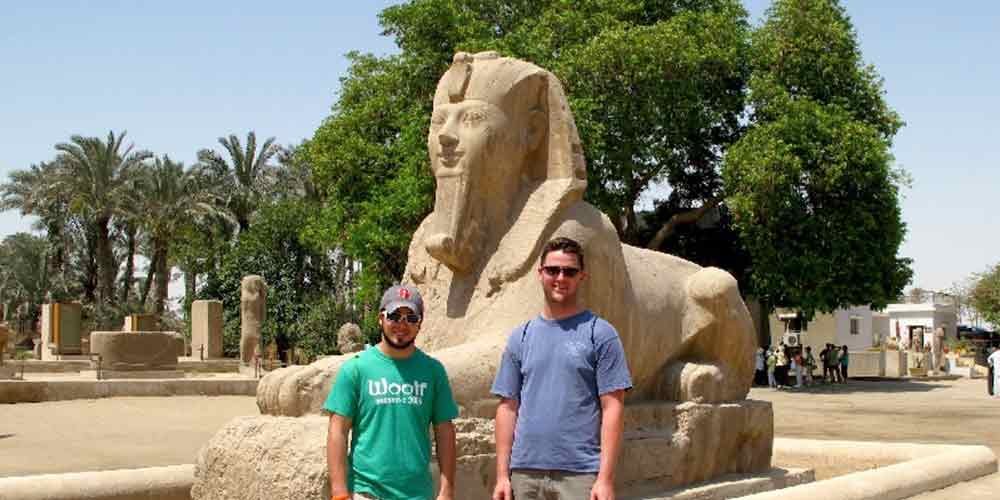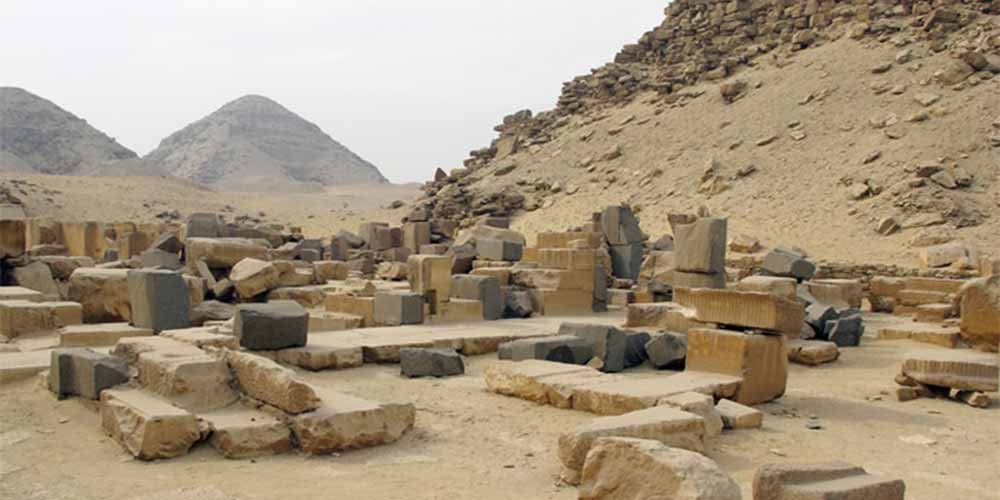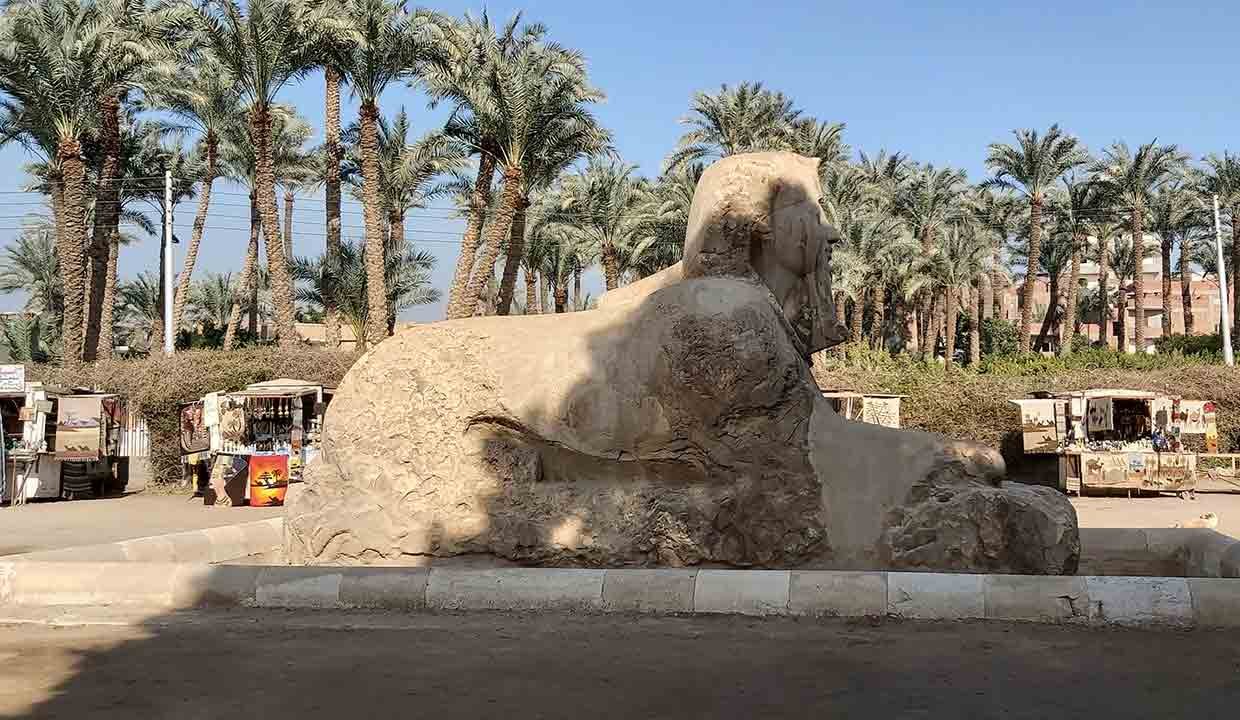Amazing Memphis, an ancient jewel south of Cairo .
It opens a portal to millennia-old secrets. From its heart in Mit Rahina to the pyramids of Dahshur, Egypt’s legacy beckons.
Memphis, once a flourishing ancient Egyptian capital, lies approximately 20 km (12 mi) south of modern-day Cairo. Strategically positioned on the west bank of the Nile, it has been a silent witness to millennia of history, power struggles, and cultural evolution. Although Memphis itself is rich with history, the surrounding cities and towns—Mit Rahina, Dahshur, Abusir, and Abu Gorab—also harbor ancient secrets that make the region an archaeological treasure trove.
Memphis: The Heart of Ancient Egypt
Founded in the Early Dynastic Period (around 3100 BC) by the pharaoh Menes, Memphis served as a critical administrative and religious center for over 3,000 years. It was the heart of Egypt’s Old Kingdom and the home of Ptah, the patron god of artisans. The city’s significance can be seen in the remnants of temples, statues, and its vast necropolis, which comprises the nearby pyramids at Giza and Saqqara.
Memphis, Rahina: Echoes of a Glorious Past
Modern Mit Rahina envelops the ruins of ancient Memphis. Here, visitors can explore the colossal statue of Ramses II, a limestone colossus that hints at the city’s erstwhile grandeur. Mit Rahina’s open-air museum further showcases fragments of temples, sphinxes, and other artifacts that once adorned Memphis.
 Dahshur: Pyramids Beyond Giza
Dahshur: Pyramids Beyond Giza
Although Giza’s pyramids are more renowned, Dahshur , offers an equally mesmerizing but less crowded experience. The Bent Pyramid, with its unique shape, and the Red Pyramid, one of the earliest true smooth-sided pyramids, stand as testaments to the architectural ingenuity of the ancient Egyptians. Dahshur’s importance lies not only in its architectural wonders fo the beauty of Memphis but also as an evolutionary record of pyramid construction techniques.
 Abusir: The Sun Temple and Beyond
Abusir: The Sun Temple and Beyond
Located between Giza and Saqqara, Abusir is an extensive necropolis with a series of pyramids, sun temples, and tombs. One of its most notable structures is the Sun Temple of Userkaf. Though most of Abusir’s monuments are in ruins today, they offer invaluable insights into the funerary practices and religious beliefs of the Old Kingdom pharaohs.
 Abu Gorab: Worship of the Sun God
Abu Gorab: Worship of the Sun God
around Memphis area we can discover related historical sites such as Abu Gorab, north of Abusir, is home to the remains of the Sun Temple of Nyuserre Ini, a 5th Dynasty pharaoh. This site was dedicated to the sun god Ra, emphasizing the cult’s significance during the period. The architectural elements, such as the obelisk and altar, were groundbreaking and influenced subsequent temple designs across Egypt.
 Conclusion: A Journey Through Time
Conclusion: A Journey Through Time
The region surrounding Memphis serves as a historical canvas, painting a vivid picture of Egypt’s ancient legacy. From the bustling capital of Memphis to the silent pyramids of Dahshur and the sun-drenched ruins of Abu Gorab, each site is a chapter in a millennia-old story. Exploring these cities and towns offers a deep dive into the heart of a civilization that, while long gone, continues to captivate the imagination of the world.


Comment (0)